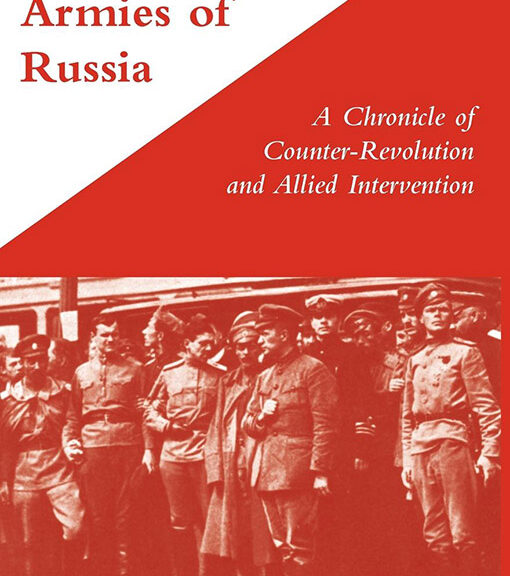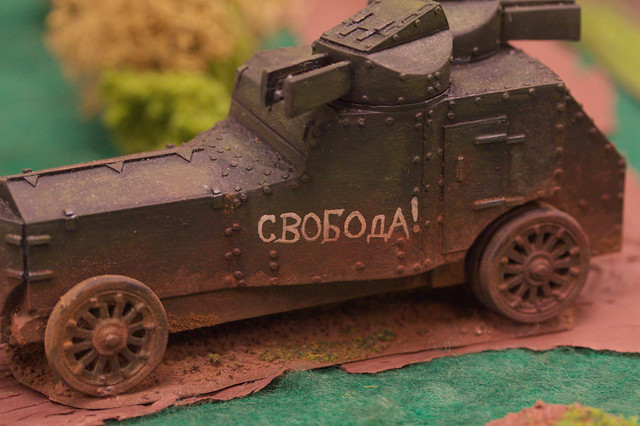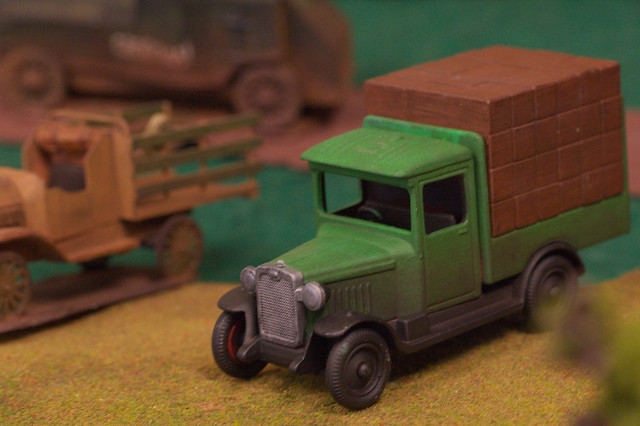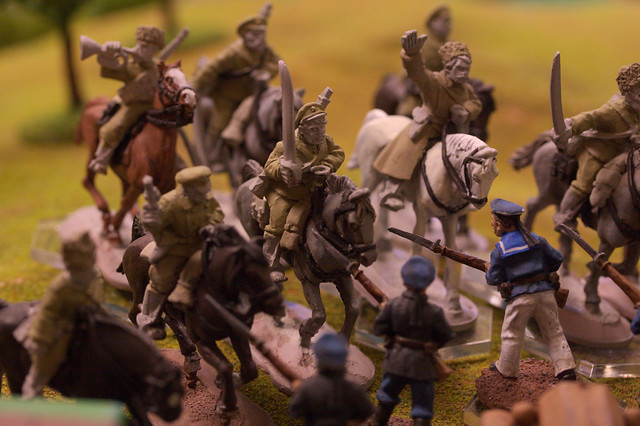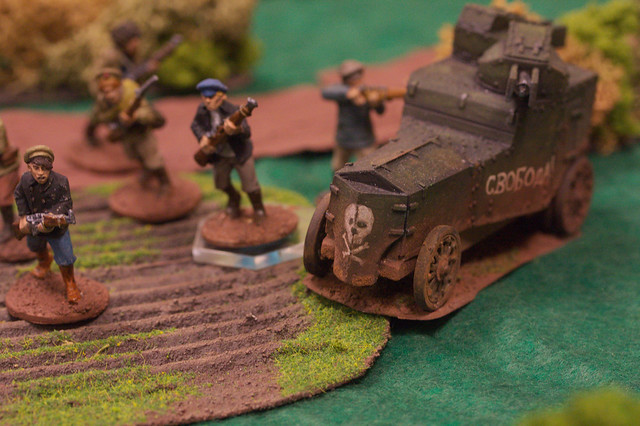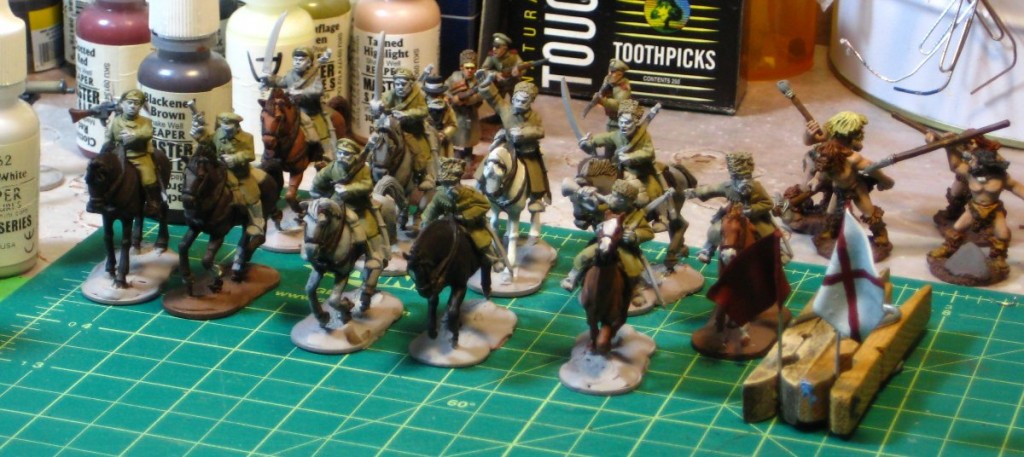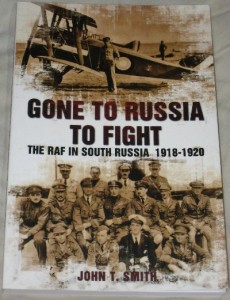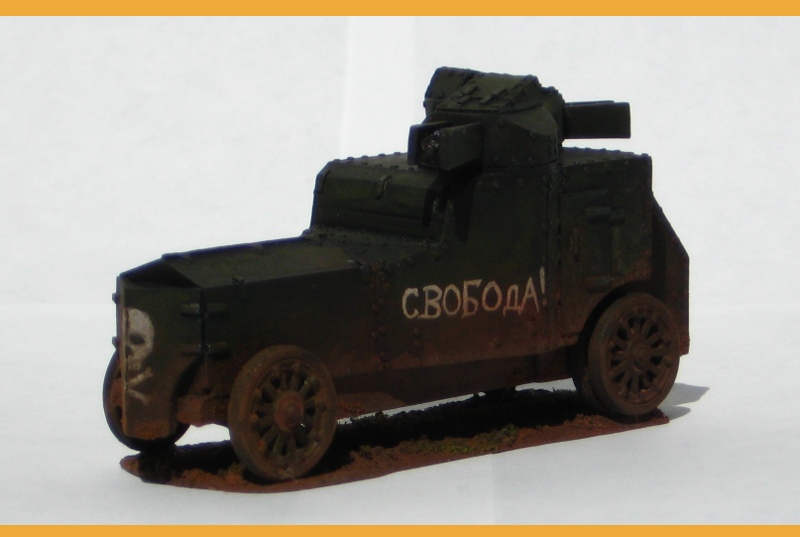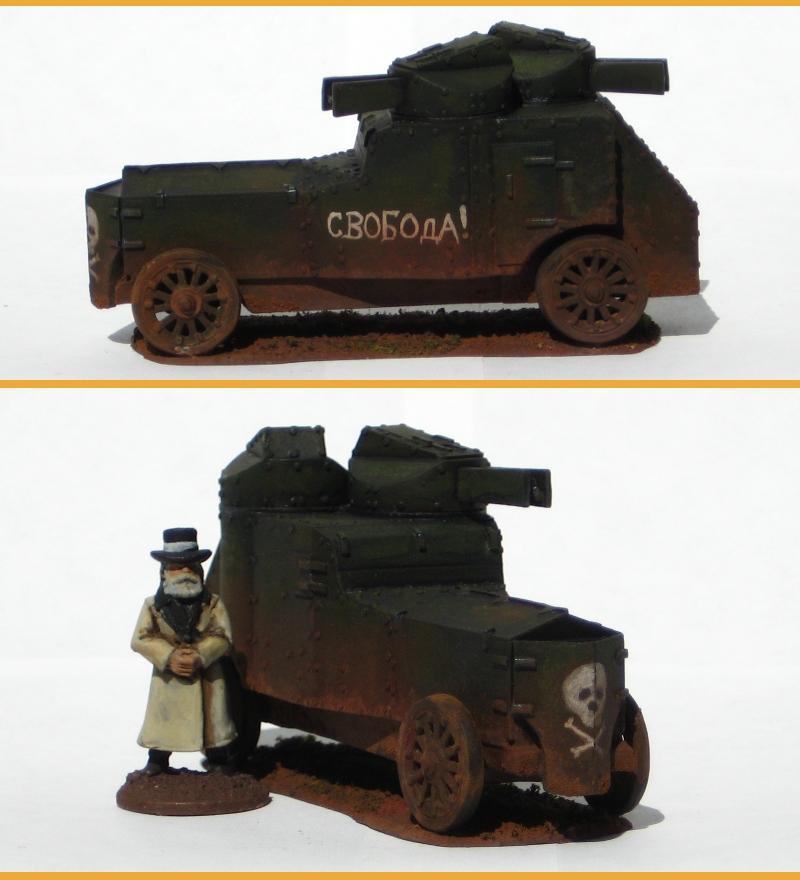The White Armies of Russia: A Chronicle of Counter-Revolution and Allied Intervention by George Stewart is another modern reprint from Naval & Military Press, and was part of the same order I made to NMP back in April 2012. I’ve been reading it in fits and starts in between other books, but finally settled down to actually finish it about ten days ago.
“Brutality made Bolsheviks where none had been before.”
—p.288, White Armies
White Armies was originally published in 1933, so it’s not a modern book, but it is still one of the touchstone pieces of Russian Civil War history in English. When I asked about this book over on the TooFatLardies mailing list, Richard of TFL mentioned paying quite a lot of money for an original edition a few years ago and being happy to pay it, but thankfully these days NMP’s facsimile edition is available relatively cheaply. The book is 470 pages or so, paperback, and seems solidly bound. The original photographs and maps are included, although quality of these (as NMP warns for all their facsimile editions) is not quite up to modern standards. This is especially frustrating on the maps, which are numerous and were apparently most drawn by the author or commissioned by him for the book. Many of the reprinted maps have a lot of barely readable tiny print, though, which makes them hard to use. That aside, in a conflict as sprawling as the RCW, it’s nice to have any sort of map to try to follow the action with!
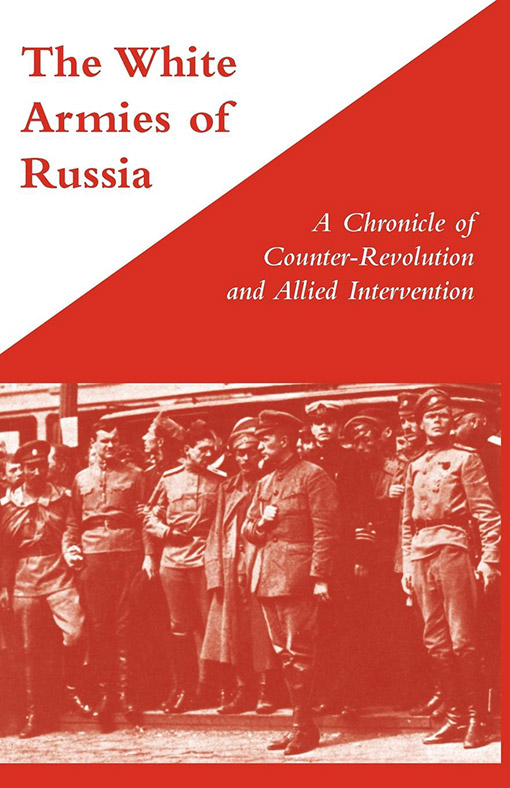
The book is focused, as the title implies, almost exclusively on the actions and personalities of the White movement(s) in Russia, and on the various non-Russian groups that interacted with them — primarily the Czech Legions and the British, American, French and Japanese interventionist forces. Stewart has an obvious distaste for Bolshevism, but he pulls no punches describing the corruption, brutality and ultimate failure of the Whites.
The book is laid out roughly chronologically, starting with the first (February) Revolution and the beginnings of the counter-revolutionary movements and moving on from there. Each chronological section has, generally, a chapter on each of the main theatres of the RCW (Murmansk/Archangel/the North, the North-West, the Southern/Ukraine/Crimean, and Siberia, broadly speaking). This book design does make following a single theatre all the way through the war a bit of an exercise in hopping around in the book, but it’s hard to see how to avoid either chronological or geographic dislocation when attempting to tell the story of the entire RCW in one book.
The White Armies of Russia by George Stewart. 2009 NMP reprint, original publication 1933. £16.00 at NMP, less if you get it during one of their regular sales.
The Shortest Possible Review: One of the classic histories of the White movement during the RCW, and still a good single-volume history decades after it was written.
Given how focused White Armies is on the White experience, I’d be curious to hear recommendations from readers on a similar book focused on the Bolsheviks and Red Army, to fill in the gaps, so to speak. Suggestions in the comments, please!

